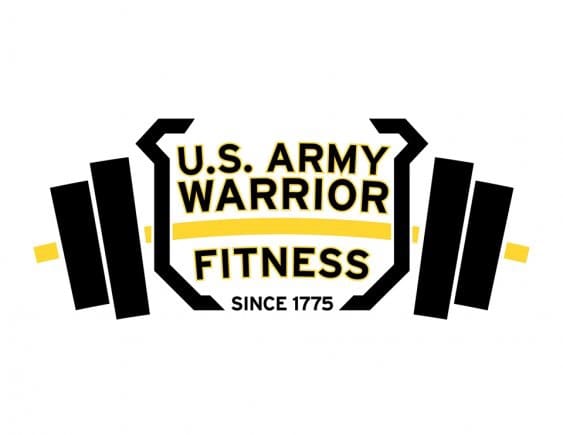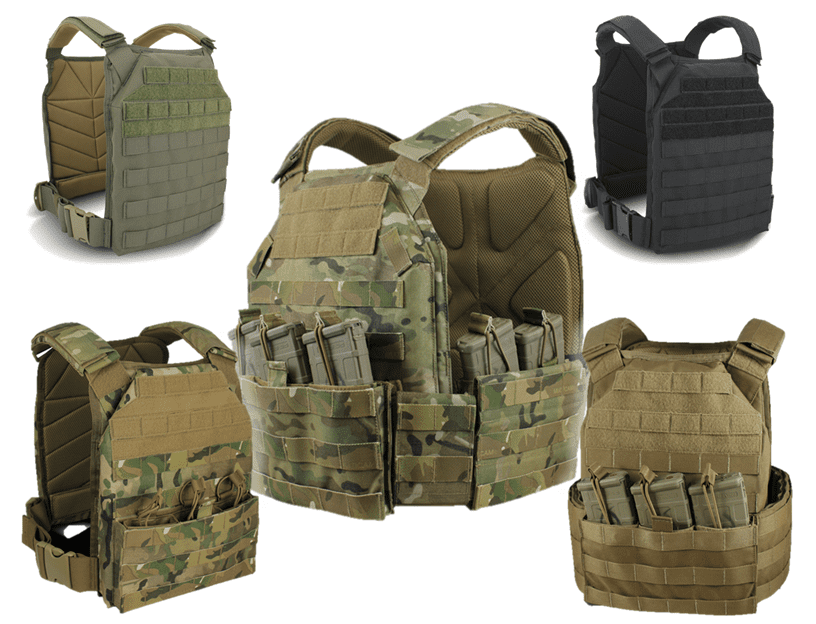Jim Schatz passed away last March. For those you who didn’t know him, he served his country as a paratrooper and later, became a legend in the small arms industry. Every year, he’d stand up in from of his peers and government and remind them that the emporer was naked. Fortunately, his briefing slides are still available, although missing the context of his passion.

I originally shared Jim Schatz’ “9 Known Truths” concerning small arms last year after he passed. Since then ‘Lethality’ has become the cause du jour and DoD, led by the Army, is ankle deep in a transition to a new caliber and family of small arms for its Close Combat Forces, called Next Generation Squad Weapon. It’s a 6.8 caliber capability (once again, NOT 6.8 SPC for those of you who believe what read on other websites) consisting of Carbine and SAW replacements.
The “9 Known Truths” is based on Jim Schatz’ experience in the Small Arms industry. Consider them now that we’ve seen DoD’s path forward.
9 Known TruthsGeneral Thoughts on Modern Warfare and Small Arms Technology1 The asymmetric threat, unencumbered by “western” doctrine and politics,
exploits our capability gaps faster than we can react within our cumbersome infrastructure.
2 Kinetic Energy (KE) kill mechanisms (launched bullets, fragments) have been and remain state-of-the-art weapons technology since the 15th century. That will not change anytime soon so we should embrace and improve on it.
3 Man-portable “directed energy” technology is decades away. One cannot “schedule a break through”, regardless of what the sci fi writers and S&T community developers espouse.
4 For the ground combatant, pH and pI/K has not been markedly improved by so-called “Leap Ahead” or “Revolutionary” technology and “Star Wars” S&T projects, yet $B’s have been spent on unrealistic and undelivered promises.
5 Desired Target Effects (direct hits or effective target suppression) depends on aiming and launch “hold proficiency” (marksmanship) be it used for semi, burst or full auto KE fire, air-bursting engagements via accurate lasing, XM25 or “TrackingPoint”-style FS/FCS, or even directed energy “pulses”.
6 Repeatable First Shot hits/kills will never be readily accomplished due to the many “hold” and error factors beyond the control of the operator. Immediate through-optic BDA and rapid adjusted follow-on shots offer the greatest chance of improved target effects, BUT the equipment must provide that core capability to the trained operator.
7 Snipers as “force multipliers” exploit magnified optics, superior weapons, sights and ammunition to increase pH & PI/K at all ranges, especially those beyond assault rifle range. Rifleman can/should leverage that capability by employing affordable “paradigm shifting” precision enablers.
8 Training is paramount to effectiveness BUT advanced hardware enables advanced training and employment.
9 Incremental, available and emerging (and affordable) advancements in small arms, sighting and ammunition technologies offer the greatest return on investment and are waiting to be exploited.
You can read the briefing this came from here.
https://ndiastorage.blob.core.usgovcloudapi.net/ndia/2015/smallarms/17354_Schatz.pdf































































































































